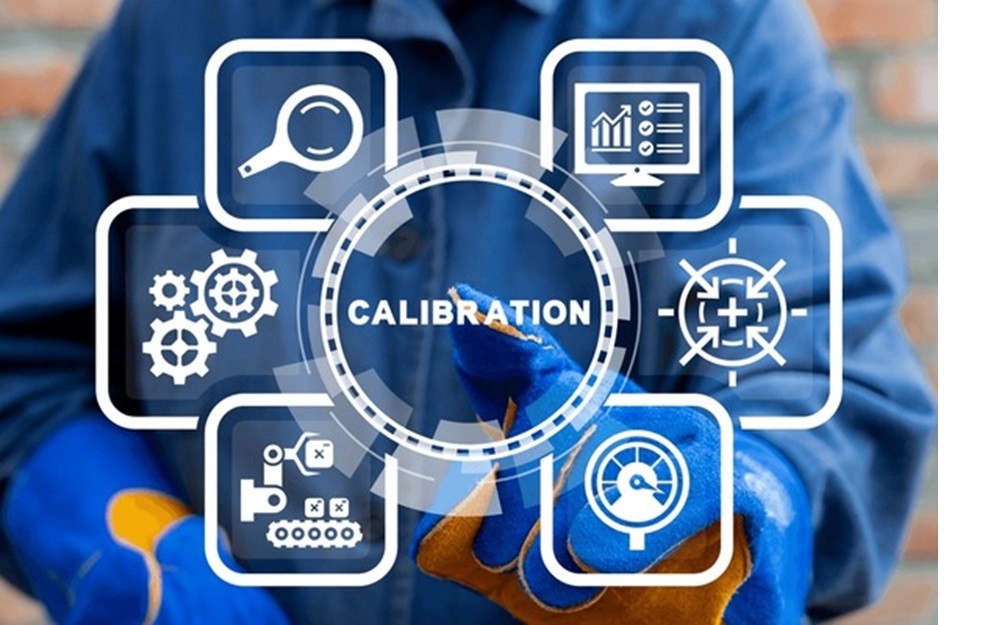The intricate interplay between calibration and accuracy often eludes clear definition, akin to the delicate dance of shadows cast by a flickering candle in a dimly lit room. Both concepts are critical in the realm of measurement and instrumentation, yet they inhabit distinct realms of understanding and application. To elucidate this nuanced distinction, one must embark on a detailed exploration through the lens of precision, relevance, and the philosophical underpinnings of measurement itself.
To commence, it is essential to delineate calibration. Calibration is a systematic procedure executed to ensure that a measurement device operates according to a predetermined standard. It is akin to a maestro tuning an orchestra; each instrument must resonate perfectly with the overall harmony to produce a symphonic masterpiece. In the world of science and technology, calibration involves comparing a measuring device’s output with that of a known standard, adjusting its performance to eliminate any discrepancies. The endeavor aims to maintain reliability and ensures that measurements align with established norms.
In juxtaposition, accuracy pertains to how close a measured value is to the true value or the accepted reference. It is the degree of conformity of a measured value to the true value. Picture an archer aiming at a target; accuracy reflects how close the arrows land to the bulls-eye, irrespective of whether the bow is calibrated properly. Hence, one can achieve a high degree of accuracy without proper calibration, albeit potentially by mere chance. This leads us to the crux of the discourse: while calibration is a methodical process aimed at enhancing accuracy, the two are not synonymous.
Expanding on this point, let us delve deeper into the calibration process. Calibration can be viewed as a time-honored ritual in the physics community. The device in question, be it a thermometer, balance, or voltmeter, undergoes a sequence of steps, invariably employing standard reference materials whose values are known with exceptional precision. These benchmarks serve as bastions of trustworthiness against which the measuring equipment is tested. Therein lies an intriguing paradox: a calibrated instrument can exhibit high precision—consistently producing similar results under unchanged conditions—while still deviating from the true value, thus exhibiting poor accuracy.
This brings into focus the imperfection of measurement systems. Numerous factors contribute to this phenomenon, including environmental influences, the inherent characteristics of the instrumentation, and the subjective nature of human interpretation. Imagine standing on a rocky precipice; despite the careful adjustments made to your faltering compass, the guidance may still lead you astray due to unaccounted variables like magnetic interference or altitude changes. Thus, calibration can enhance the reliability of measurements, but it cannot guarantee their accuracy in all circumstances.
Instruments can fall into one of several categories including systematic and random errors—a distinction that reflects both the origin and nature of measurement deviations. Systematic errors, often tied to calibration differences, can be detected and corrected over time through iterative calibration processes. Random errors, by contrast, are stochastically unpredictable and are influenced by uncontrollable factors; they resemble the capricious gusts of wind that can upend even the most meticulously plotted course. While calibration might significantly reduce systematic errors, it provides no fortress against the chaos of randomness.
Moreover, one of the alluring facets of precision instruments is the intimate dance between resolution and accuracy. Resolution refers to the smallest change that can be detected by a measuring instrument—akin to the finest brushstrokes that an artist employs to recreate an intricate scene. A highly resolving instrument may reveal minute variations of a parameter, yet this does not inherently imply it provides accurate measurements. It’s like a painter creating stunning details that do not depict reality accurately; the result may be striking but does not reflect truths. A picture may be worth a thousand words, yet those words can be easily misinterpreted without context.
The dynamic interplay of accuracy and calibration also manifests in various fields of inquiry, from engineering to the life sciences. Whether it’s ensuring that pharmaceutical measurements adhere to strict protocols or calibrating a spectrometer in a materials science lab, the principles remain consistent: an instrument must be both calibrated and accurate to engender trust in the resultant data. In a world increasingly driven by data analytics and artificial intelligence, the fidelity of measurements carries implications that transcend mere calculations; they resonate through human lives and societal structures.
In conclusion, the dichotomy between calibration and accuracy reflects profound philosophical inquiries into the nature of measurement itself. Calibration can elevate the performance of measurement devices, akin to a skilled craftsman sharpening his tools. Yet, the realm of accuracy invokes deeper considerations—the quest for truth in an inherently imperfect world. Therefore, one must embrace the enlightening journey of calibration while perpetually seeking the elusive ideal of accuracy. Both are indispensable allies in the pursuit of knowledge, guiding researchers and practitioners alike as they navigate the intricate tapestry of understanding. As we strive for precision amidst uncertainty, the interplay of these concepts becomes not just a technical necessity but a philosophical exploration of the foundations of empirical inquiry.










